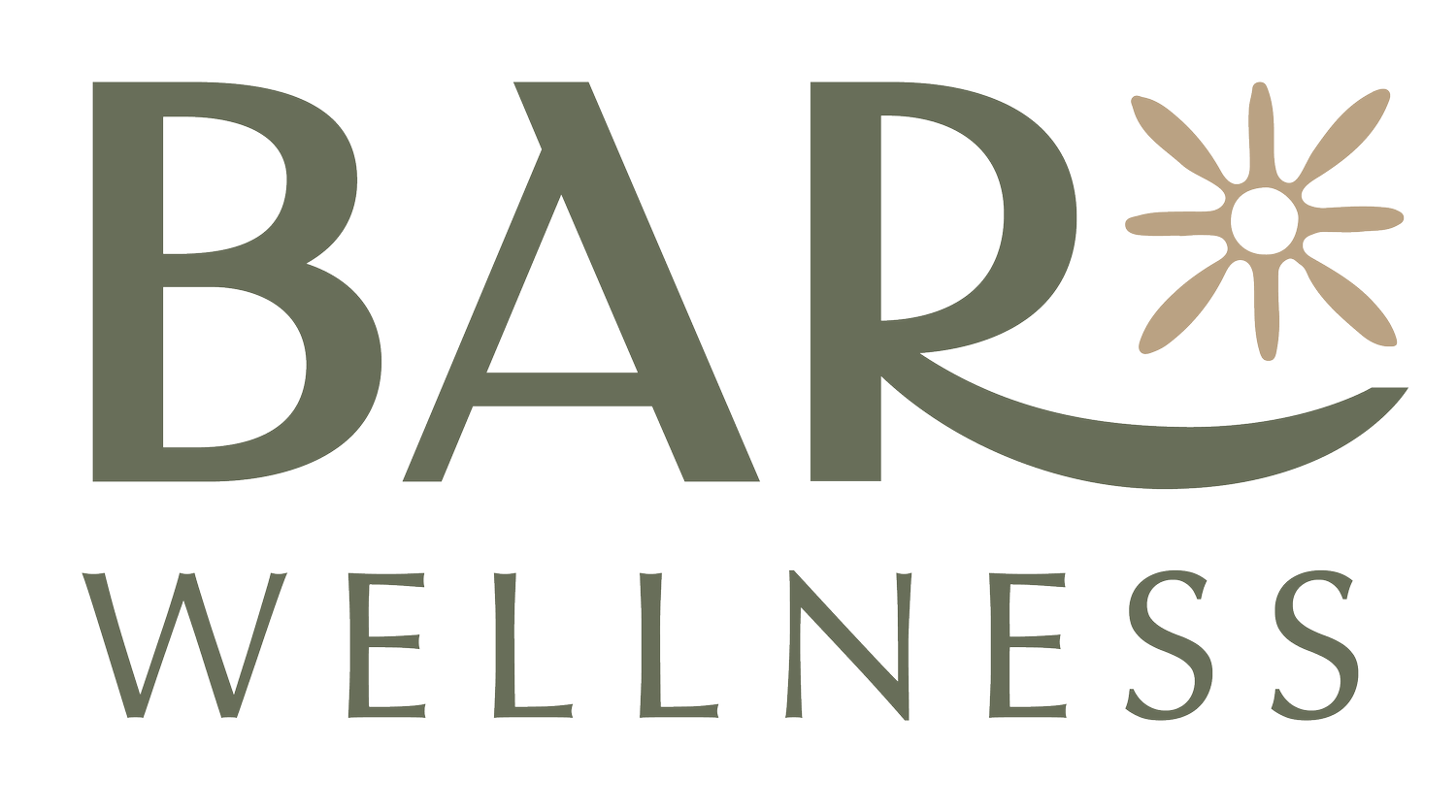What if you have High (or Low) Estrogen: Here’s what to do
Happy World Menopause Week!
I bet you didn’t think that was a thing…but it is. Like National Daughter’s Day. And one of my favorites, National Dog Day. One whole day to celebrate my dog, Izzy. Sarcasm alert…like that isn’t every day.
But there’s a reason why I think World Menopause Day should be a thing, and it’s because we as women really don’t know much about our bodies and how they change during perimenopause and menopause. In fact, I believe that so much that I wrote a book about it! Well, it’s an eBook. It’s about digestive health too. The title is IN SYNCH: How to Balance Your Hormones and Care For Your Gut in Perimenopause and Menopause. Long title, I know. It was a labor of love and my last assignment for school. If you want a copy, hit me up at barwellness@comcast.net.
One thing I do discuss in the book is estrogen dominance. If you’ve never heard of it (and I hadn’t before nutrition school), it’s a condition that arises when you have too much estrogen compared to progesterone especially. And it’s prevalent. It can happen for many reasons, but here are just a few from Dr. Sara Gottfried in her book, The Hormone Cure:
Diminished Ovarian Reserve, i.e.: normal perimenopause
High Cortisol Levels—cortisol is our stress hormone. High levels can block progesterone receptors causing an increase in estrogen relative to progesterone.
Xenoestrogens—endocrine disruptors that act like estrogen in the body. They come from artificial chemicals in the body, like plastics.
Obesity and Weight Gain
Diet
Nutritional Deficiencies
High Levels of Mercury
A trusted health professional (like me!) will test you and let you know if you are estrogen dominant. If so, here are three things that you can do to lessen the affects.
Reduce alcohol(sorry): At least one study reported that alcohol intake increases estradiol levels in humans, not great if you are estrogen dominant. While you may love your nightly glass of wine, alcohol also goes to the front of the line in the liver for detoxification. If too much alcohol is consumed, other xenoestrogens (see below) and other estrogen sources will get crowded out for detox.
Cut down on your exposure to xenoestrogens: Avoid plastics, conventional body care products and make-up, conventional laundry, and cleaning products. Chemicals in these products are called xenoestrogens because they act like estrogens in the body. And you don’t need any more estrogen in an estrogen dominance situation.
Consume Phytoestrogens: It sounds counterintuitive to eat something called estrogen when you are suffering from estrogen dominance, but it’s helpful. Phytoestrogens are plants with estrogen-like effects in the body, and some research even suggests that eating them will reduce hot flashes and other menopause symptoms.
Examples are:
Chickpeas
Lentils
Flaxseeds
Grains
Some fruits and vegetables
Consider herbs and botanicals that may help your condition: If you are interested in exploring the world of herbs, botanicals and nutraceuticals, there may be natural ways to reduce your estrogen load. Grab an appointment with me and we can discuss all and more of these: seaweed, resveratrol, turmeric, hops, and melatonin.
But what if you are low on estrogen?
Many of us, post menopause, are low on estrogen. When estrogen levels are low, that’s when women experience the classic “vasomotor symptoms” of hot flashes, night sweats, sleep disturbances, etc. Does this sound like you?
Here’s some thoughts if you are low on estrogen:
Eat More Soy or Take Soy Isoflavones, but first do some research. Soy is a good source of phytoestrogens, but make certain it’s from unprocessed, non-GMO sources. Tempeh, edamame, miso and tofu are unprocessed in their original form. Don’t get your soy from processed sources like snack foods and protein bars. And best not to overdo. Soy isoflavones in supplement form may be helpful but do your research as the science on this particular subject continues to evolve. There are some bright spots on isoflavones, but still some places where science is stuck. And if you are at risk for estrogen related cancers, this is probably a no-no. Talk to your trusted health care professional.
Eat Flaxseeds: Flaxseeds are a source of Omega 3 fatty acids which are wonderful for your diet; they are a great source of fiber AND a phytoestrogen. One study showed that eating 2 tablespoons of flaxseeds twice a day reduced hot flashes (a symptom of low estrogen) and their intensity .
Consider Herbal Remedies: Maca, rhubarb, St. John’s wart, Black cohosh, ginseng and hops are all herbs you should research if you are looking for natural aids to the symptoms of menopause due to low estrogen. Study up first and work with an herbalist or trusted health profession to make sure you know all the interactions with your body and with your medications.
And to finish out World Menopause Week, I bring you a recipe demonstration.
To celebrate the occasion, I demoed a smoothie, granola bars and a mocktail—all that will balance your hormones. And they are tasty too! Check out the demo here: World Menopause Day Recipe Demo . There’s a link at the end if you want to grab the recipes. Enjoy!
To Your Health!
Bev
PS: For more on hormones and everything else nutrition, join my email list: www.barwellness.net/join
